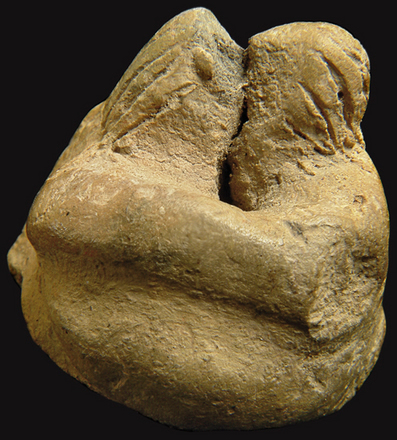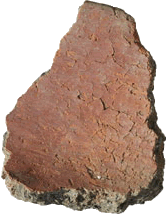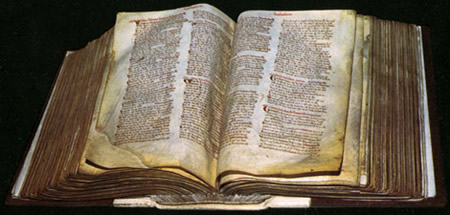Love from me and Heritage Malta.

Love from me and Heritage Malta.

 But British archaeologists may have found one of their graves. Druid Grave Unearthed in UK?
But British archaeologists may have found one of their graves. Druid Grave Unearthed in UK?
Within the wooden, chambered burial site, researchers have excavated a wine warmer, cremated human remains, a cloak pinned with brooches, a jet bead, divining rods (for fortune-telling), a series of surgical instruments, a strainer bowl last used to brew Artemisia-containing tea, a board game carefully laid out with pieces in play, as well as other objects.
“This person was clearly a specialist and also clearly wealthy and powerful, as indicated by the special grave and its apparent location within the compound of a ‘chief.’ That would all fit Caesar’s Druid,” he said, adding that Caesar likely also visited Stanway during his lifetime.
He might have just been a Romanized doctor-divinator, though. The location of the grave supports the Druid idea, but it’s still conjecture at this point.
The board game may have had some divination usage as well. It’s a completely unique find. Nothing else like it has even been uncovered in Roman Britain.
[youtube=http://www.youtube.com/v/WXGbwIkvh38&w=430]
 Carbon dating puts the settlement at 5200 BC, a good 2 thousand years before the first pharaohs.
Carbon dating puts the settlement at 5200 BC, a good 2 thousand years before the first pharaohs.
Evidence of early farming has been found before on the site — Gertrude Caton-Thompson, one of the first women archaeologists, found wheat in granaries back in the 20’s — but this is the first evidence of long-term habitation instead of just storage of foodstuffs.
American and Dutch archaeologists reported last week the discovery at a desert oasis of what they say is the earliest known farming settlement in ancient Egypt. They said the animal bones, carbonized grains, hearths and pottery were roughly dated at 5200 B.C.
Now, for the first time, the archaeologists said, early agriculture in Egypt can be studied in a village context, promising insights about the farmers and some answers to the questions of how, why and when Egyptians adopted farming.
This most amazingly extensive snapshot of post-Norman conquest England is now finally fully digitized, searchable and freely available for long hours and lost weekends of perusal: the Domesday Book online.
The Domesday Book provides extensive records of landholders, their tenants, the amount of land they owned, how many people occupied the land (villagers, smallholders, free men, slaves, etc.), the amounts of woodland, meadow, animals, fish and ploughs on the land (if there were any) and other resources, any buildings present (churches, castles, mills, salthouses, etc.), and the whole purpose of the survey – the value of the land and its assets, before the Norman Conquest, after it, and at the time of Domesday. Some entries also chronicle disputes over who held land, some mention customary dues that had to be paid to the king, and entries for major towns include records of traders and number of houses.
You can see why this is an invaluable resource for historians or even just curious people. Besides the motherlode, the site has all kinds of hidden goodies like this handy list of the Latin, Celtic, Saxon and Viking origins of English town names, and this hot glossary of terms.

Today it’s been 2 months since I revived my blog and I’ve posted at least an entry day. Thanks for reading and commenting. It makes me happeh. :love: